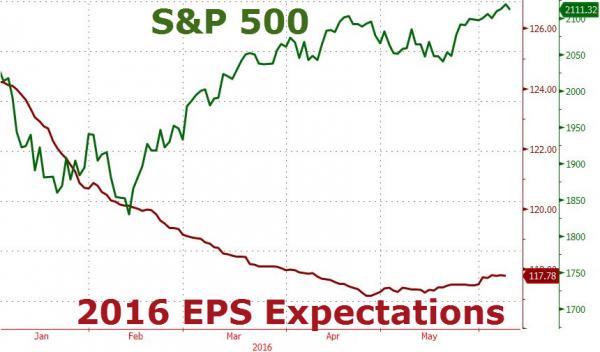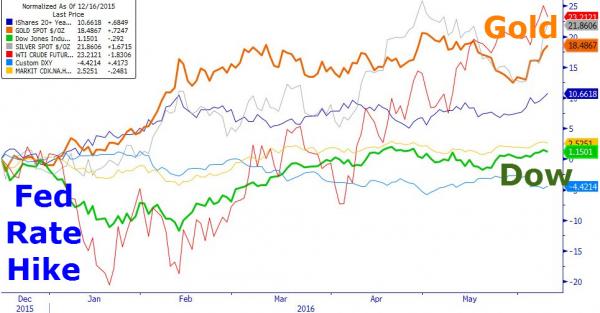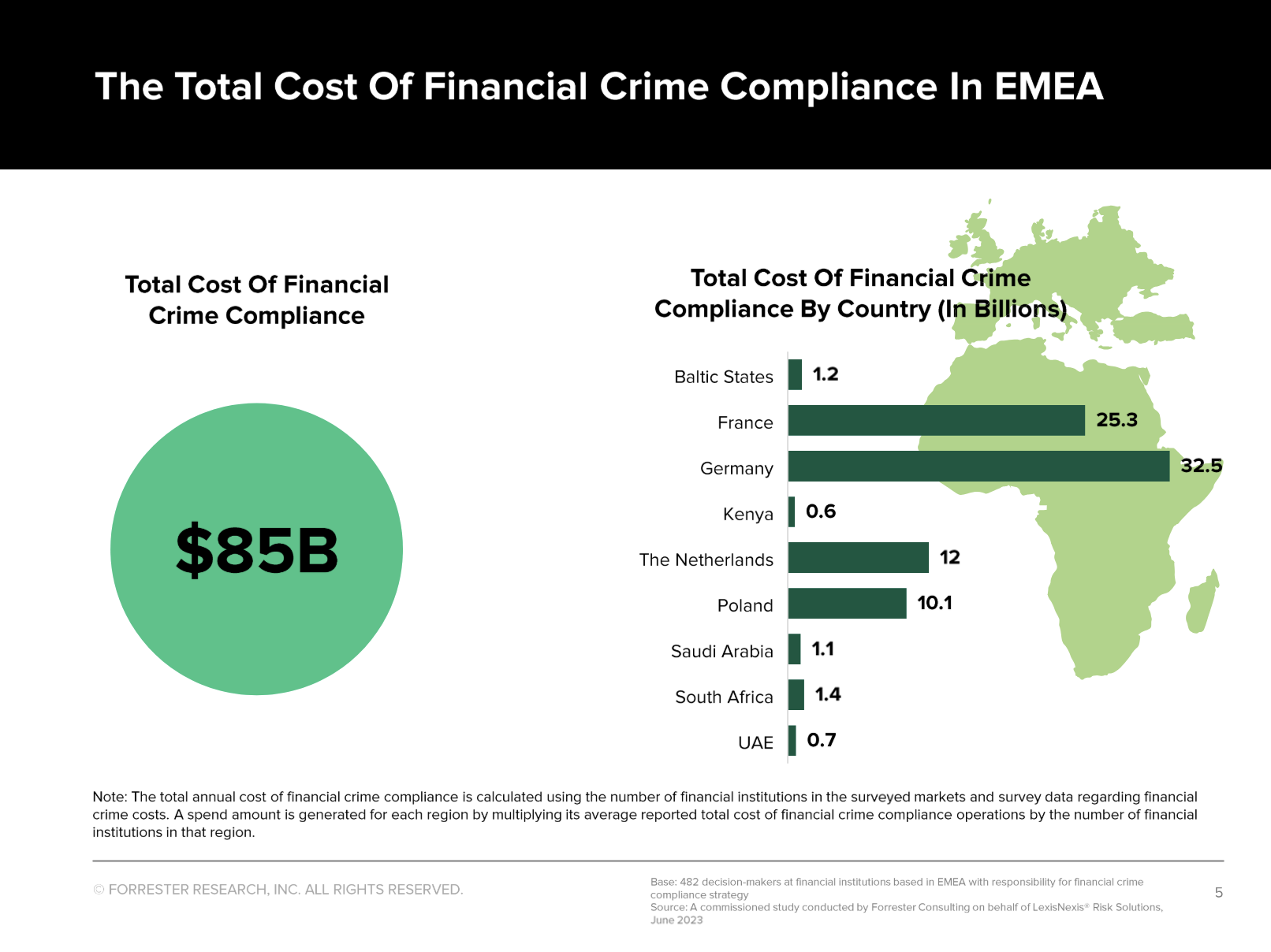A warped manifestation of the fear and greed trade-off that used to characterize investor behavior has developed, according to Bloomberg’s Richard Breslow. Asset managers are exhibiting the manic depressive drive to simultaneously throw caution to the wind, ignoring all risk metrics while plaintively bemoaning the lack of safe havens.
A big part of this problem is investors have fooled themselves into believing there are desperately few viable answers to, “where else is there to invest?”
Switzerland has always been the go-to option, but they’ve lost tolerance for hot money. Negative rates, too.
The train wreck that’s Japan really only works if you’re Japanese. And no one can be sure what they’ll look like at the end of this tunnel.
Gold is the capitulation choice.
Performance since December 2015
There are good alternatives right under our noses, or in the case of the U.S., right above our heads, that deserve a lot more consideration.
O Canada, where have you been all of my life?
Stable, democratic government with a popular premier. A real fiscal policy that’s beginning to be implemented. Stable monetary policy. A yield curve that has positive rates over its entire length.
Too much reliance on energy, but oil’s looking pretty healthy on the charts, folks. As is the Canadian dollar, now back through 1.30.
Throw in a solid banking system, freely tradable markets and no capital controls in or out. Hint, hint, look who are the buyers of Vancouver real estate.
In truth, there are plenty of prudent places to invest if you look in the right places. And countries doing sensible things, too
Full story here Are you the author? Previous post See more for Next postTags: Canadian Dollar,central banks,Japan,Monetary Policy,newslettersent,Real Estate,S&P 500 Index,Switzerland,Yield Curve


































